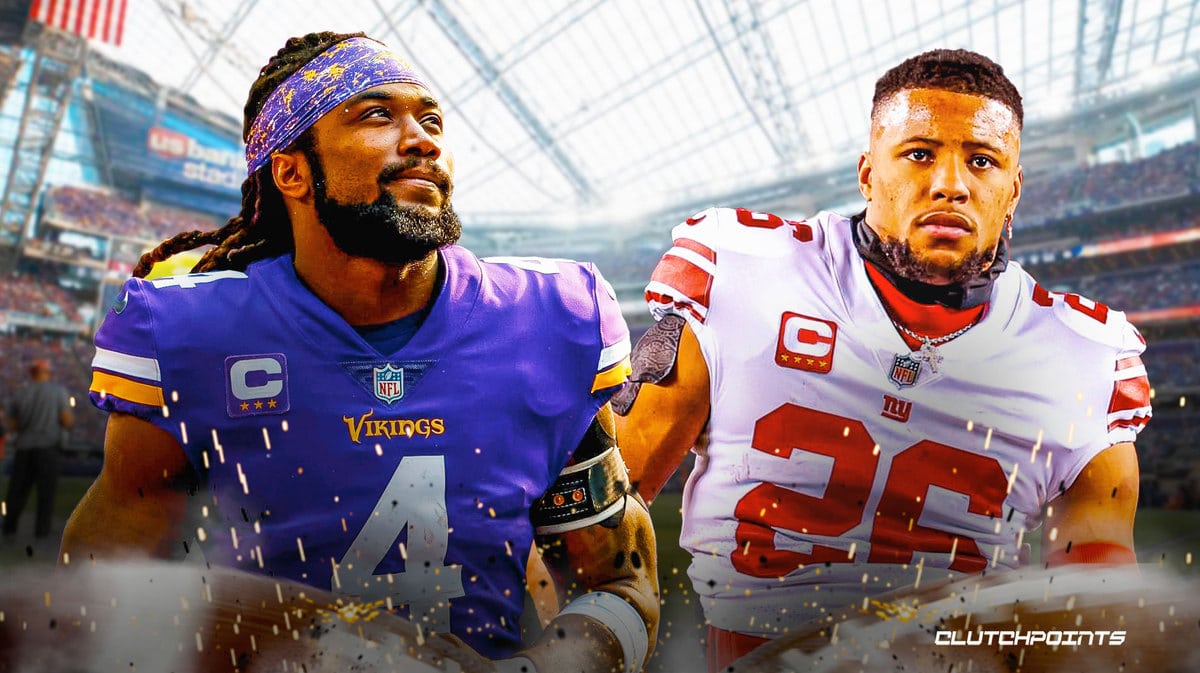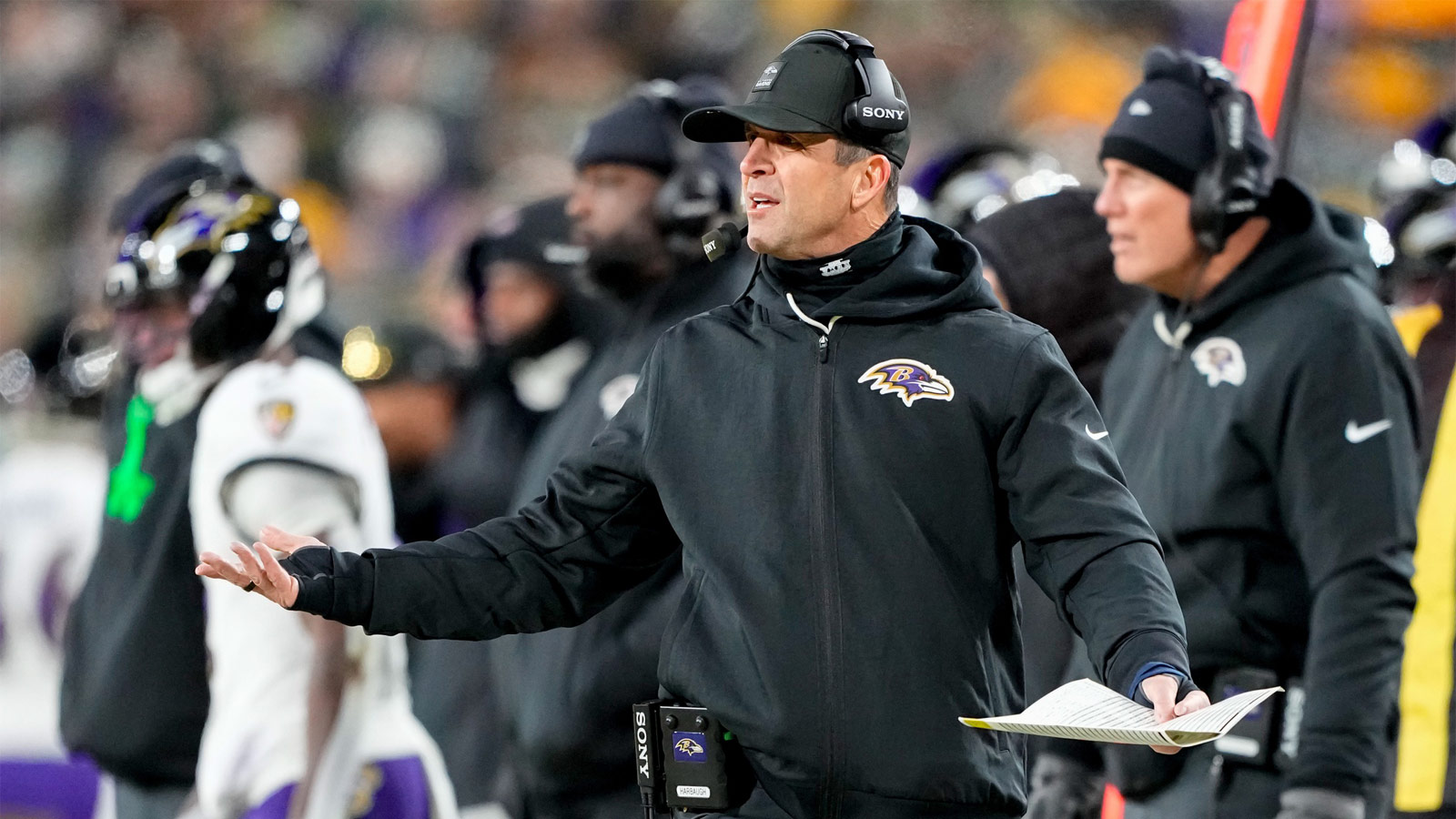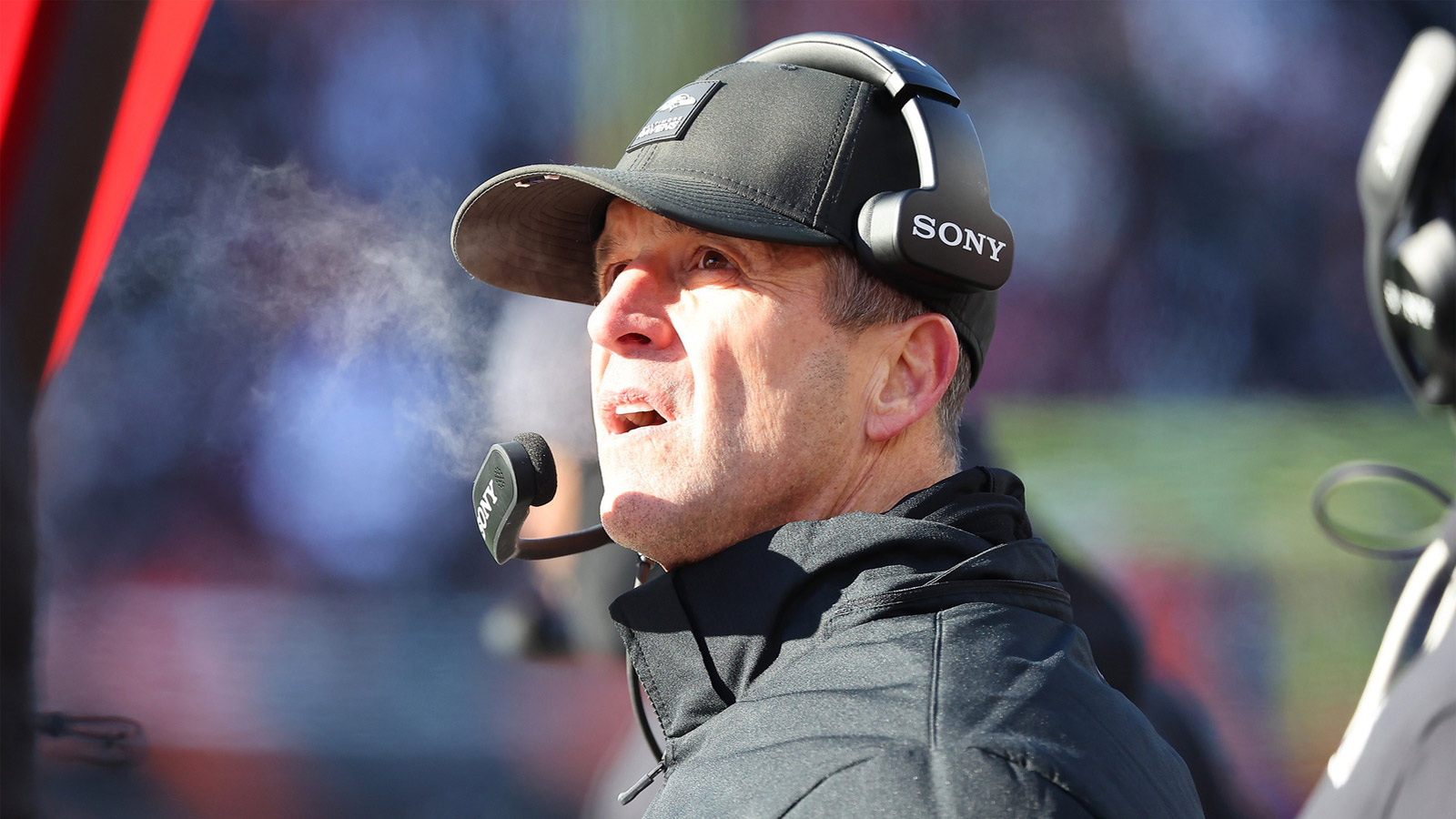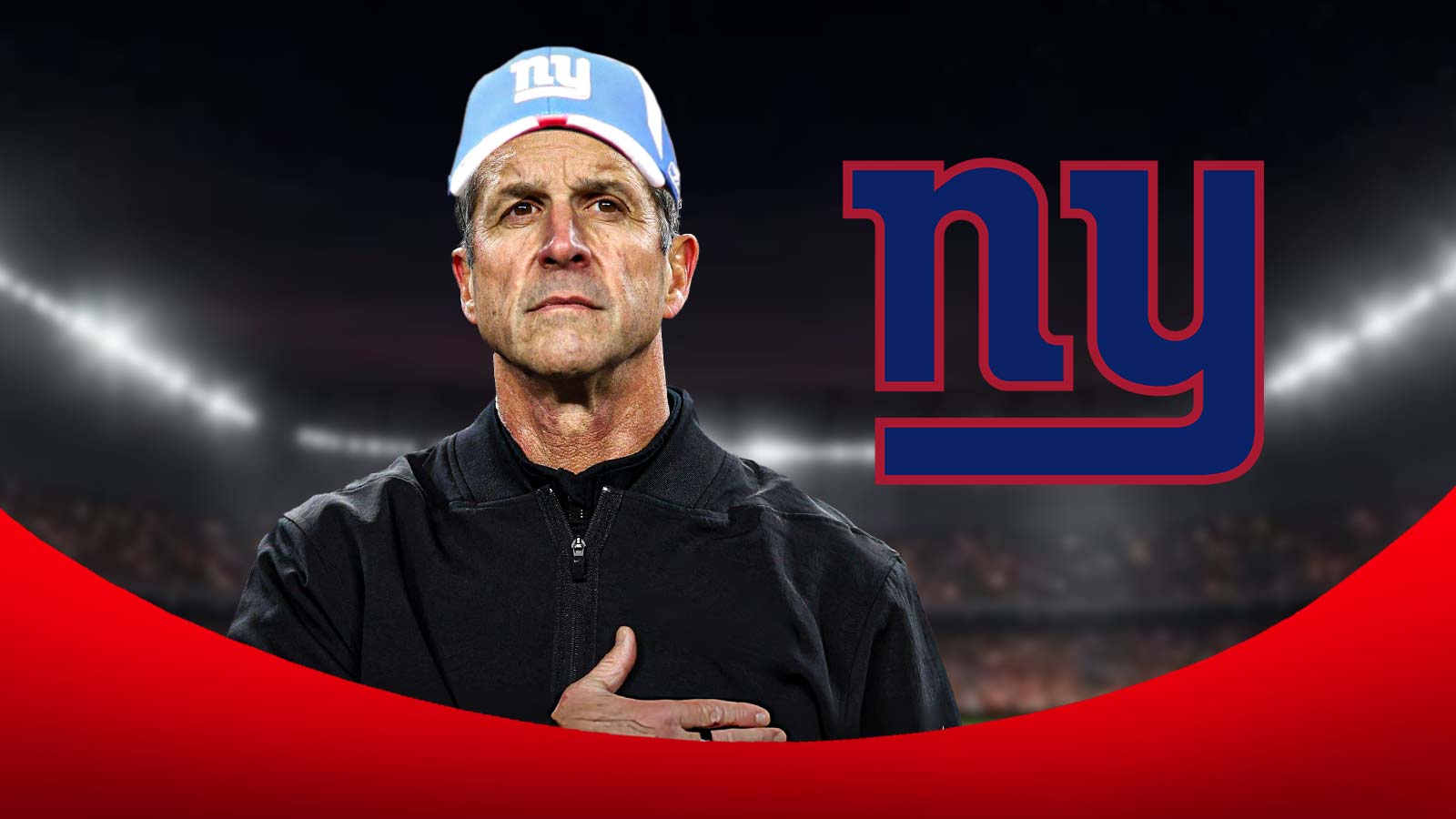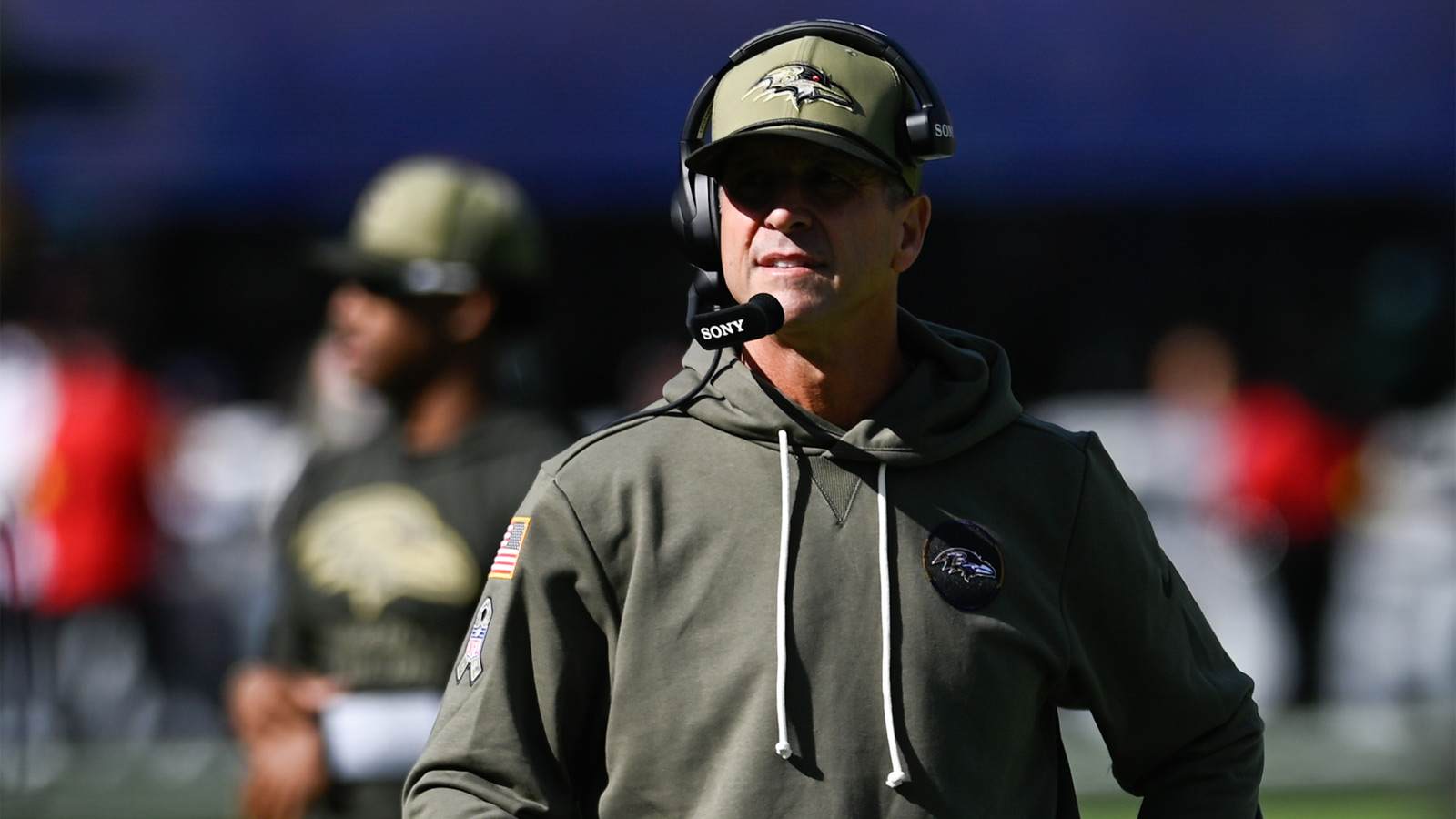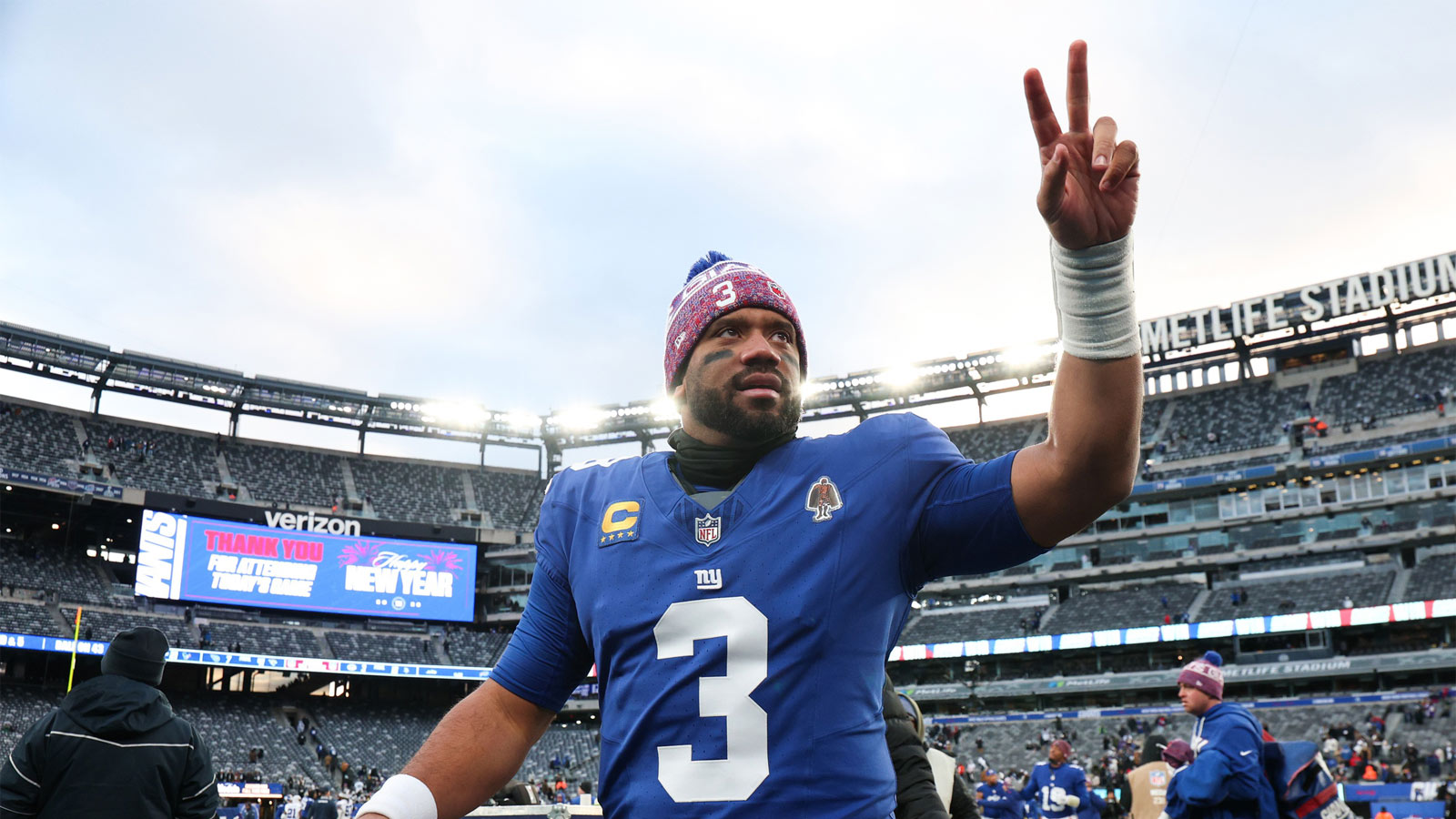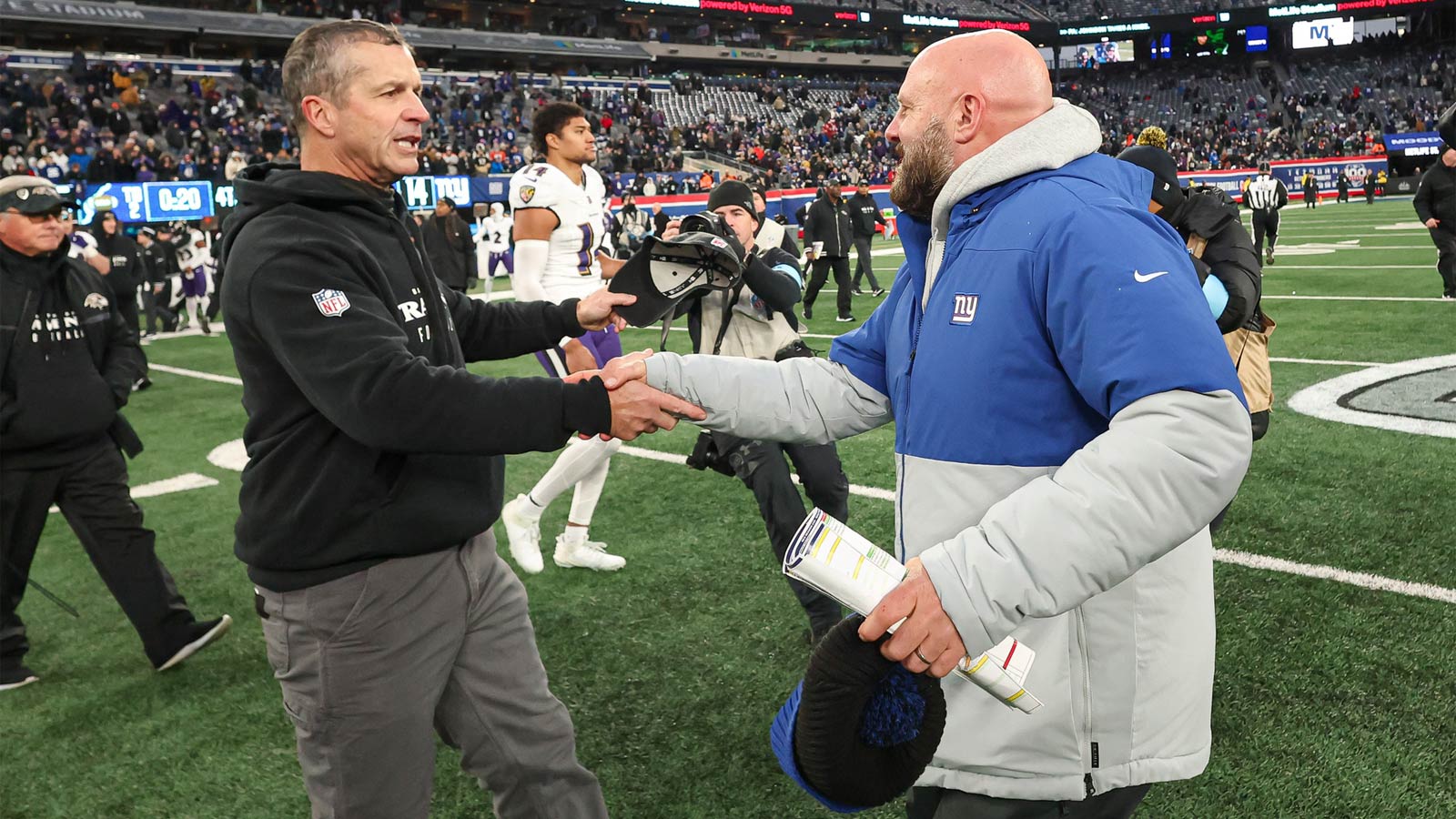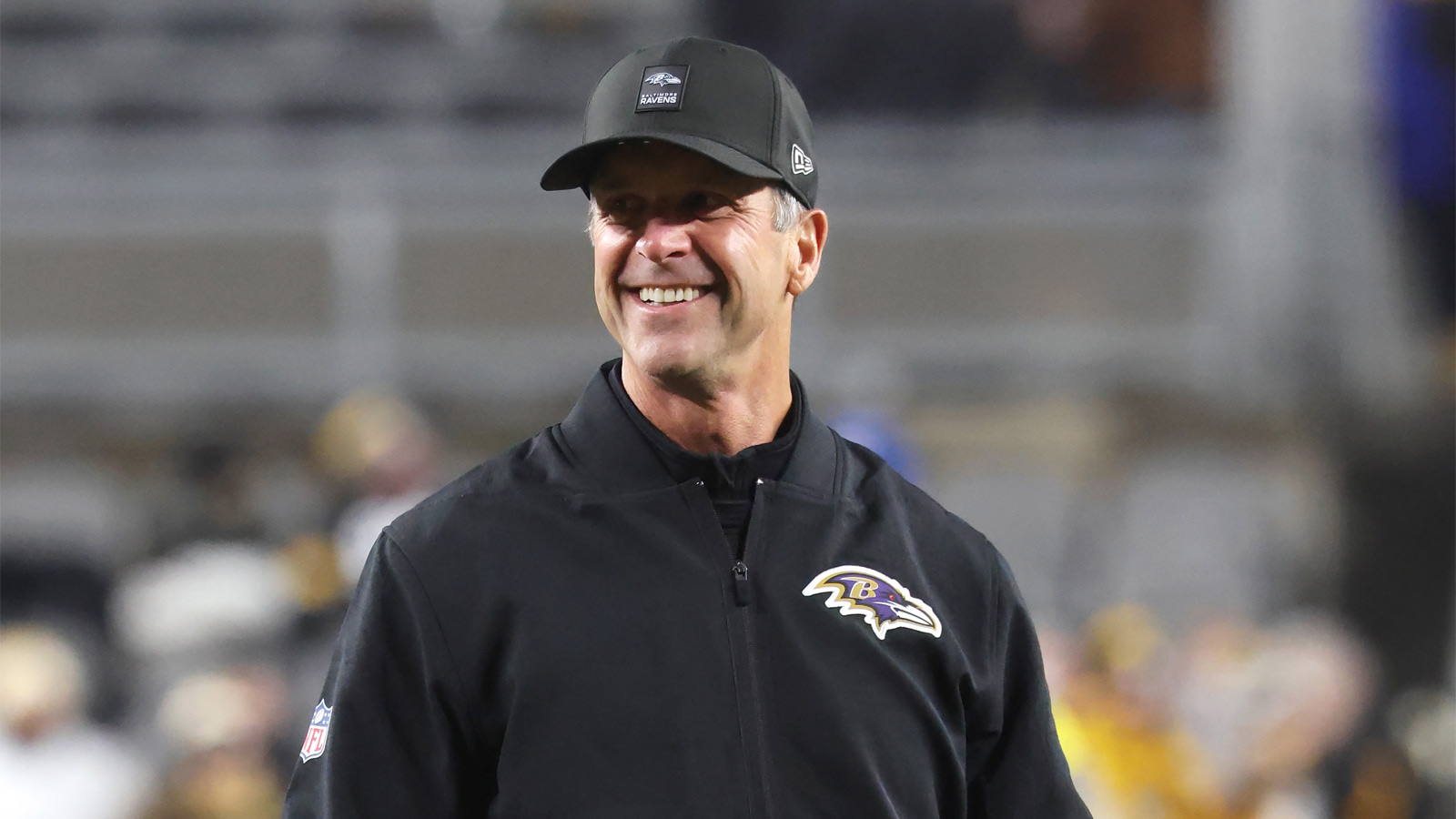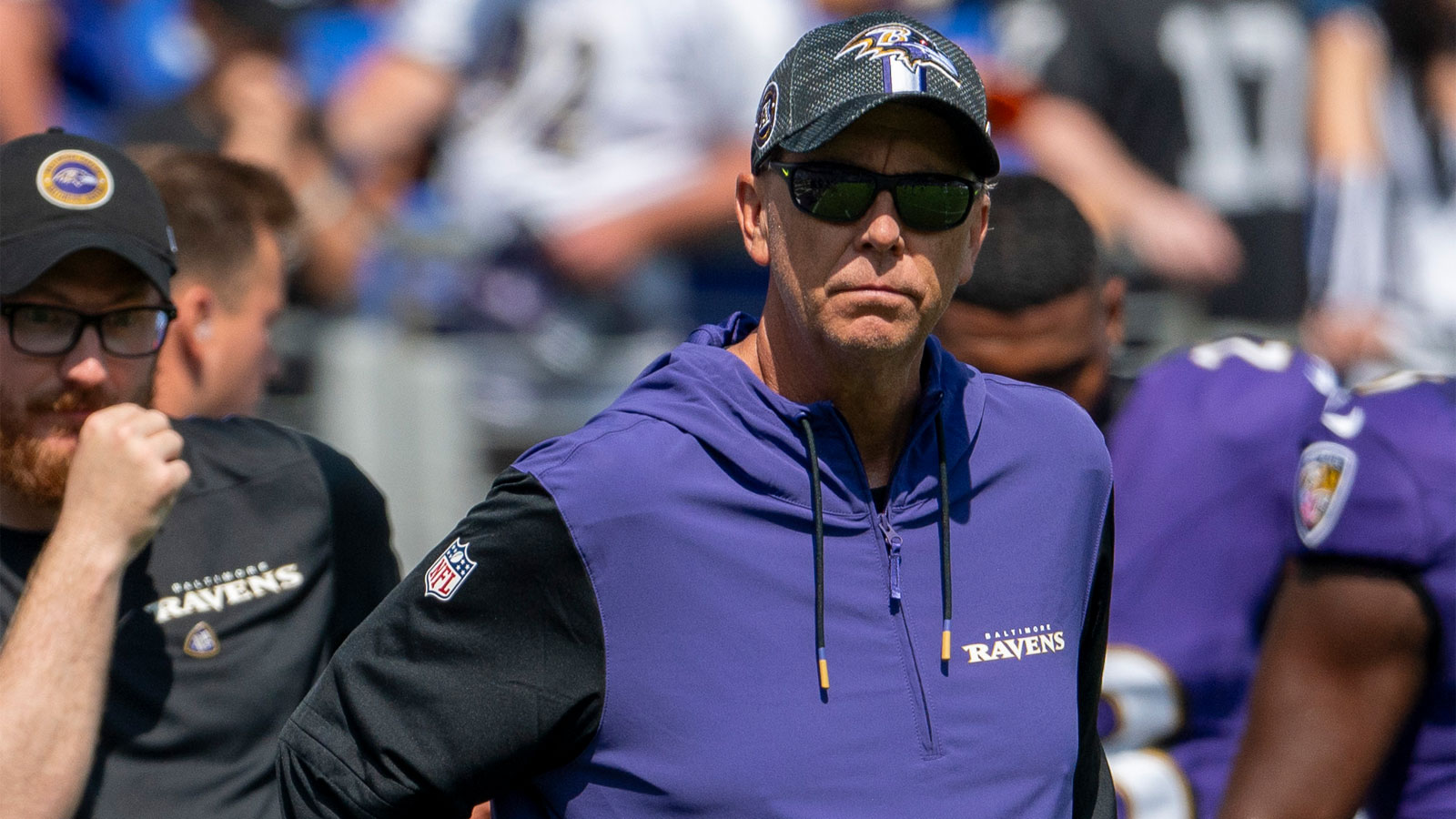The recent release of Dalvin Cook by the Minnesota Vikings, though mostly expected, still came as a bit of a surprise. Most surprising, however, might be the effects it has on the rest of the league in the future. It essentially established a measure of a running back's value. It's still early, but Cook's release will surely change how ownership and management handle their running backs when it comes time to re-signing them, especially to big-money, long-term deals.
Dalvin Cook's release is game changing
Reflection of Cook's release in this case comes on the future contract negotiations involving the New York Giants' star running back Saquon Barkley. While Barkley's talent is undeniable and his contributions to the team have been impressive, the Vikings' decision highlights the risks associated with extending big-money contracts to running backs as they approach the age of 30.
Running backs, no matter how talented, often experience a decline in productivity as they enter their late 20s and beyond. This decline is mainly due to the physically demanding nature of the position and the toll it takes on their bodies over time. Injuries can compound the issue, reducing their effectiveness and availability on the field. While Barkley, 26, has showcased immense playmaking skills and enjoyed success, it's crucial to recognize that he, too, has had his fair share of injury setbacks.
Saquon Barkley injury history, future probability
No one can forget 2020 when, not even out of the first month of the season, Barkley tore his ACL and MCL that took him out for the entire season. Since then, Barkley has had relatively injury free seasons outside 2021's ankle sprain and 2022's late season neck stinger.
Even so, whether you're a fantasy football owner or Giants general manager Joe Schoen, you have to consider what high risk for injury entering the 2023 season and beyond Barkley might have. He currently has a 82 percent chance of injury with almost a 10 percent chance of injury per game, grading a one out five on durability, according to DraftSharks.com.
In comparison, Cook has a 94 percent chance of injury in 2023 with a 15.3 percent chance of injury per game, yet his durability is at a three. With nearly a two year age difference, Cook's injury resume is a bit more extensive. Cook has suffered everything from a torn ACL in college to recent problems with his shoulder in the NFL.
Value lost, new game
The Vikings' decision to release Cook serves as a cautionary tale for other teams facing similar contract negotiations. Although Cook is a dynamic player, injuries have hampered his availability and productivity. By releasing Cook, the Vikings chose to save money and potentially allocate those resources elsewhere, prioritizing other positions that may provide more significant impact and value for the team.
This is the new NFL, where running backs aren't as valuable as they once were. Now team's are using two, three back systems to facilitate their offenses. It's a committee approach, where multiple backs share the workload. Offenses are also much more pass happy than before. The values have changed where now the focus and the big paydays — outside the obvious quarterback position — are following wide receivers.
By also using multiple backs, it offers cost-effective alternatives rather than investing in a single superstar running back like Barkley or Cook. By distributing resources across multiple players, teams can maintain financial flexibility and address other crucial positions, like a wide receiver corps.
What happens with Giants, Saquon Barkley?
The Giants situation is interesting. They're coming off a year where no one expected them to come close to competing, yet they finished 9-7-1 and beat the Vikings in the Wild Card round of the playoffs. A lot of that can be contributed to their new head coach last season, Brian Daboll, who completely reinvigorated what was becoming a lackluster franchise.
The Giants are a team still needing a lot, though. They had to make a difficult choice this past offseason where they re-signed starting quarterback Daniel Jones to a hefty contract extension that many are still wondering if he was worth. But their star is in Barkley, who is still seeking that new deal after being franchise tagged back in March.
There's only a few running backs left in the league that are averaging around $12 million a year. Even with Barkley accounting for 29 percent of the team's total offense last season, that still may not be enough for Barkley to earn the deal he's looking for.
The Giants put two offers on the table for Barkley that were in the range of $12.5 million a year before the Giants bye last season, and then another at $13 million before free agency opened, with incentives to make $14 million. But in a running back market that is continuously declining with Cook only emphasizing that further, Barkley may not be singing New York, New York much longer.

